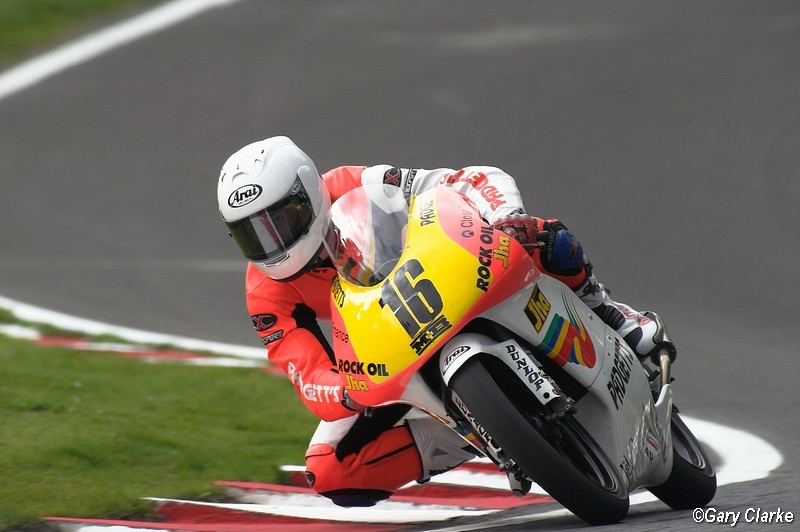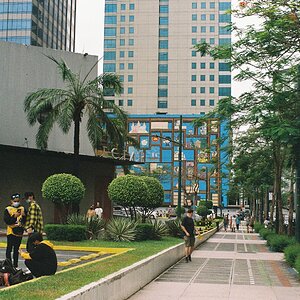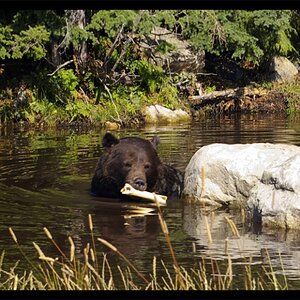EDL
No longer a newbie, moving up!
- Joined
- Apr 25, 2012
- Messages
- 697
- Reaction score
- 53
- Location
- Western Pennsylvania
- Can others edit my Photos
- Photos OK to edit
Anyone know if Canon has any plans to release a new camera in answer to the Nikon D3200??? I'm on the verge of grabbing up a T2i in the next couple months, but if they're going to release a new camera with the 24MP range of the D3200 I might hold off.



![[No title]](/data/xfmg/thumbnail/38/38265-4b75e7e05f8bf906800580ac7f7ddf60.jpg?1619738549)









![[No title]](/data/xfmg/thumbnail/37/37108-62307f01c11ef92f5655ed4501d565ce.jpg?1619737882)
